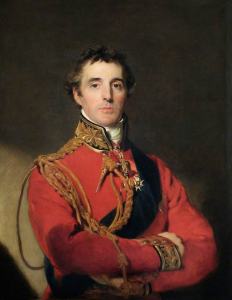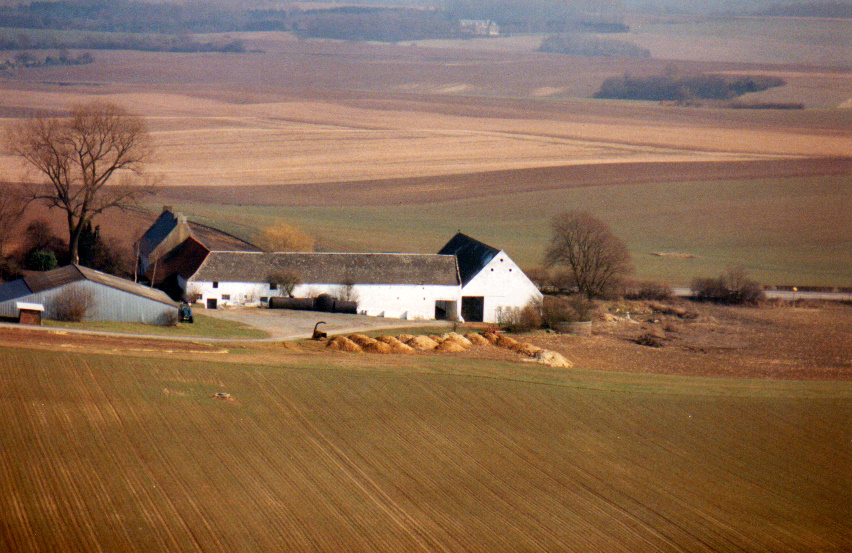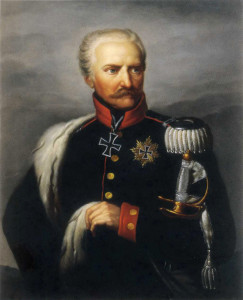I don’t brew collaboratively as much as I used to. I’ve been blogging about beer for five years this week and originally I was only doing it to get into brewing school. The focus on brewing was a great deal heavier at that point because I was trying to build a resume. The focus is less on brewing at this point, but the background is immensely helpful. You’d be amazed how many people write about beer without knowing how it works.
Truly, I love the creative part of brewing. I like the recipe development part a lot. The part I don’t like is the endless squeegeeing and line flushing and scrubbing and raking out mash tuns. 90% of brewing is custodial work. Don’t confuse “custodial” with “janitorial.” It requires caretaking and watchfulness. It requires meticulous planning. Believe it or not, one of my favorite parts is the bottle filling and washing. I like the repetitive rhythmic element. That beta wave mental twilight that comes with constant occupation. It’s not entirely like sifting through historical archives.
This year for the Session Beer Festival’s Collaboration Nation I’m working with Innocente Brewing in Waterloo, Ontario to combine those two elements. Depending on what we choose to name it, we may be brewing the most recursive beer in the history of the world.
See if you can follow this:
For the 200th anniversary of the Battle of Waterloo, we’re brewing a Belgian-Style farmhouse ale inspired by the farmhouse (La Haye Sainte) on the battlefield at Waterloo, the namesake of the town of Waterloo, Ontario where the Innocente Brewery is located.
Waterloo is one of those decisive historical moments that could have gone either way. Napoleon, having escaped from Elba, had managed to rally a significant number of the French population to his cause. The amazing thing is that it might have been the only time in history that war was declared on a man rather than a country. Napoleon’s Army of the North faced the Duke of Wellington and the Prussian forces led by Blucher.
The feeling is that had Napoleon won at Waterloo, he would probably have been stopped by the Russians (who sent a quarter of a million men) or the Austrians or maybe the Spanish. He had something like 46,000 troops compared to the half a million the nations allied against him would have sent. It’s hard to say. Napoleon was a compelling presence. Maybe if he had beaten Wellington and Blucher, a significant number of French citizens would have joined up. Maybe we’d all be pausing between bites of croissant to take a drag off a Gauloises.
The point of the alliance against Napoleon really was about the wholesale destruction of his army and the removal of his capability ever to return. It was more or less a killing field with 65,000 killed, wounded or missing. The ground at Waterloo was churned to mud by a torrential downpour and cannon shot and blood. La Haye Sainte featured prominently early in the battle, housing sharpshooters in the form of the Light Battalion of the King’s German Legion. Thousands of men died trying to occupy it.

Napoleon thought of Wellington as a “Sepoy General” because of his time in India. I always thought that would be a good name for a one off IPA.
The previous week, it was just a Belgian farm with a rye crop that was nearly ready for harvest.
I started thinking about what I would make with the ingredients lying around. Clearly, it’d be some manner of Belgian Farmhouse Ale. It would need to have some rye in it because they had rye on hand. It’d be relatively low in alcohol. When I talked to Steve and Dave from Innocente, we thought it would be a good idea to bring in ingredients representing the allied forces. The hops are therefore English (Goldings and Fuggles) and Prussian (Marynka). We’ve used some wheat, some dark wheat and some Melanoidin. My feeling was that it was probably important that the beer be blood red. If the liquid we tested for gravity was any indication, we should be spot on. The yeast we’re using is Lallemand Belle Saison and it should go banana-y since we’re fermenting hot. I don’t know that the citrus-y Marynka would work with clove character. We used about 5 kg of organic Marynka for the hopback and it should come through bright and shiny.
Steve Innocente surprised me a little bit by opting for a water profile that he’s used for Northern German Pilsner. As you may know if you’ve followed Innocente since their inception, they wanted to make big hoppy beers to the exclusion of other styles. What I found yesterday on visiting the brewery was that their best beers are the ones displaying restraint. The Glance Rye Pale Ale is subtle and delicate and really very good indeed. The winner, however, was the Pilsner. Sinner uses an identical water profile to the one we’re using for the collaboration beer. It uses Cluster and Waimea in place of traditional German landrace hops and it manages to duplicate the effect and mouthfeel of something like Jever, but with a different flavour profile. It’s absolutely worth trying if you see it on tap. It’s a combination I’ve never seen and it works beautifully.
Essentially, what we think we’re looking at is a 5.0% blood red Belgian Farmhouse ale that will start with a citrus and pepper note from the hops and a mildly phenolic fruitiness from the yeast, backed up with earthy tones from the goldings and fuggles (possibly going herbal towards thyme in the middle) with enough pepper and spice from the rye to be noticeable without throwing it out of balance. The mouthfeel will be soft because of the water profile, but the bitterness will cut through on the finish. It’ll be a low final gravity, so the finish will be dry and quenching. On a hot summer day, it should be just the thing.
There is, I think, a pleasant contrast between the normal reality of La Haye Sainte and the bloody day two hundred years ago this June 18th. In extremis, mankind can bring the combined wealth and force of nations down on one man and his followers in an attempt to finally wipe them off the face of the earth. In regular circumstances, we would mostly like to tend to our fields and drink a refreshing pint of ale in the sun.


“…without knowing how it works…”?
Works just fine for me.